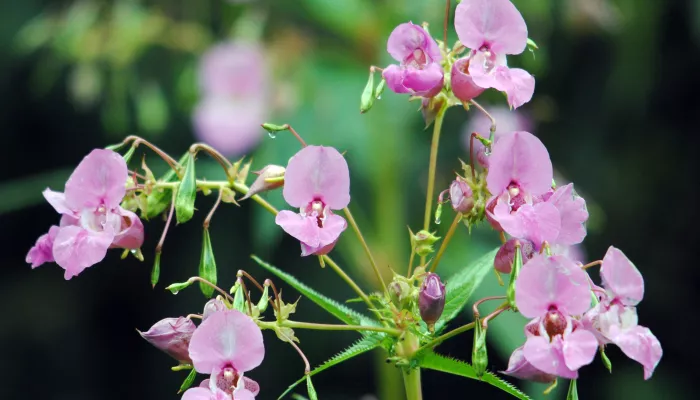About
Himalayan balsam was introduced as a garden plant in 1839, but soon escaped and became widely naturalised along riverbanks and ditches, especially close to towns. It is fast-growing and spreads quickly, invading wet habitat at the expense of other, native flowers. Its explosive seed pods aid its spread by sending the seeds into the river, causing further dispersal downstream.Our largest annual plant, it flowers from July to October.

